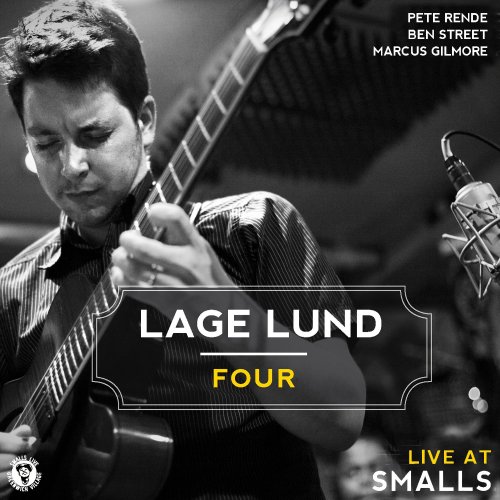Marin Alsop, London Philharmonic Orchestra - Brahms: Symphony No. 2, Hungarian Dances (2005)

Artist: Marin Alsop, London Philharmonic Orchestra
Title: Brahms: Symphony No. 2, Hungarian Dances
Year Of Release: 2005
Label: Naxos
Genre: Classical
Quality: FLAC (tracks)
Total Time: 01:04:58
Total Size: 293 Mb
WebSite: Album Preview
Tracklist: Title: Brahms: Symphony No. 2, Hungarian Dances
Year Of Release: 2005
Label: Naxos
Genre: Classical
Quality: FLAC (tracks)
Total Time: 01:04:58
Total Size: 293 Mb
WebSite: Album Preview
Symphony No. 2 in D major, Op. 73 (Johannes Brahms)
1. I. Allegro non troppo 20:09
2. II. Adagio non troppo 09:45
3. III. Allegretto grazioso, quasi andantino 05:14
4. IV. Allegro con spirito 09:51
21 Hungarian Dances, WoO 1 (Johannes Brahms)
5. Hungarian Dance No. 1 in G Minor (Orch. J. Brahms) 03:16
6. Hungarian Dance No. 3 in F Major (Orch. J. Brahms) 02:46
7. Hungarian Dance No. 10 in F Major (Orch. J. Brahms) 01:52
8. Hungarian Dance No. 17 in F-Sharp Minor (Orch. A. Dvorak) 03:35
9. Hungarian Dance No. 18 in D Major (Orch. A. Dvorak) 01:32
10. Hungarian Dance No. 19 in B Minor (Orch. A. Dvorak) 02:39
11. Hungarian Dance No. 20 in E Minor (Orch. A. Dvorak) 02:44
12. Hungarian Dance No. 21 in E Minor (Orch. A. Dvorak) 01:35
Performers:
London Philharmonic Orchestra
Marin Alsop
While an improvement over her earlier recording of Brahms' First Symphony, American conductor Marin Alsop's new recording of Brahms' Second is still nothing to write home about. As before, the London Philharmonic plays superlatively, with strong strings, blended winds, and warm brass and, as before, Alsop conducts superbly, with a cogent ensemble, a full sound, and muscular rhythms. The problem, as before, is that Alsop's interpretations, while well-phrased and admirably shaped, are ultimately shallow. For all the clarity of her phrasing and the lucidity of her textures, Alsop's melodies have no nuance, her shapes have no substance, and her colors have no shadows. Her performances of eight of Brahms' Hungarian Dances orchestrated by Brahms and Dvorák are more successful because the music is more straightforward and plays to Alsop's strengths, and, once again, the LPO performs brilliantly. But there are dozens of better performances of Brahms' Second available -- try Furtwängler's or Walter's for starters, then try Abbado's or Davis' for later recordings. Speaking of recordings, Naxos' sound is dim, distant, and gray.





![Calibro 35 - Exploration (2025) [Hi-Res] Calibro 35 - Exploration (2025) [Hi-Res]](https://www.dibpic.com/uploads/posts/2025-06/1749030898_nlsgqkh4hkgka_600.jpg)


